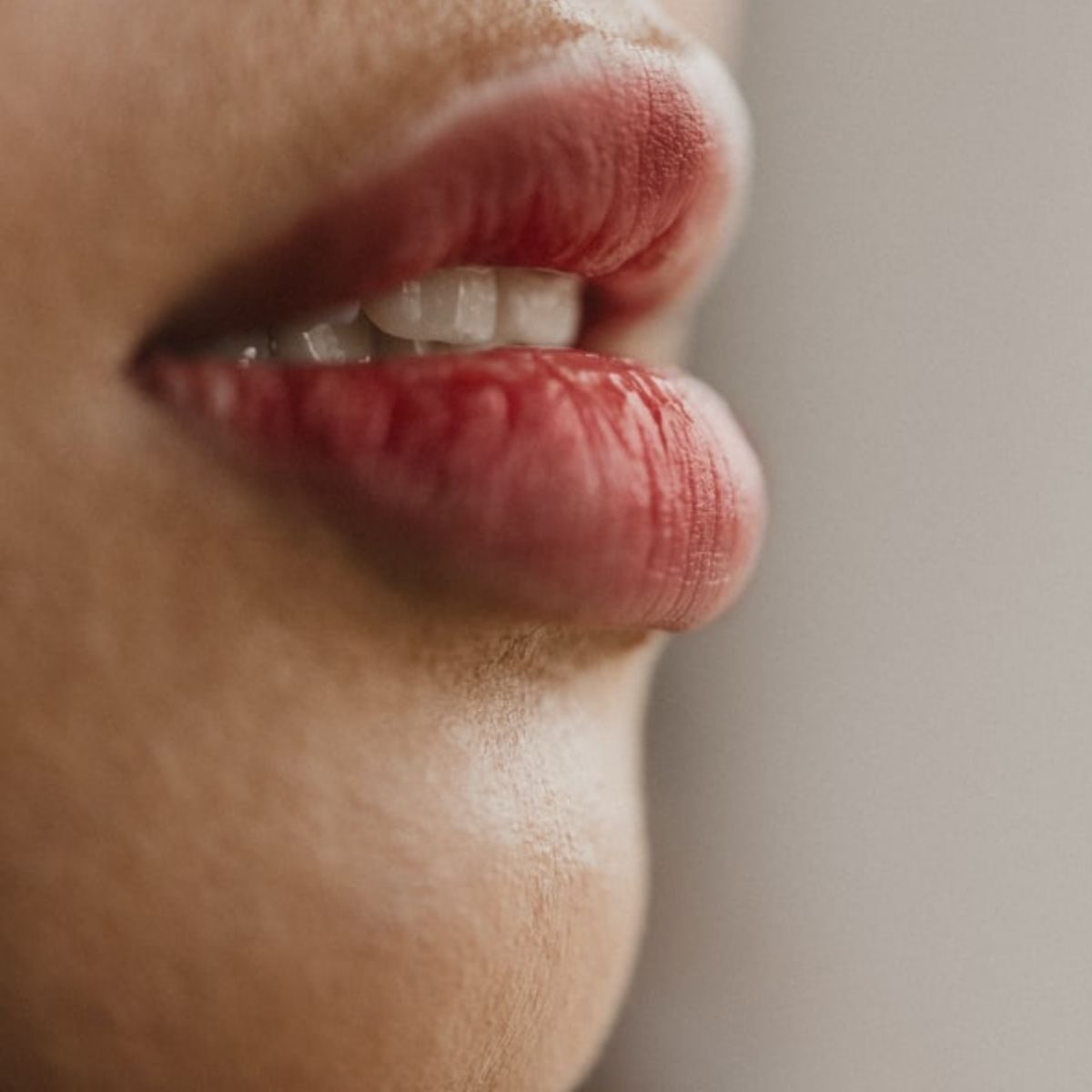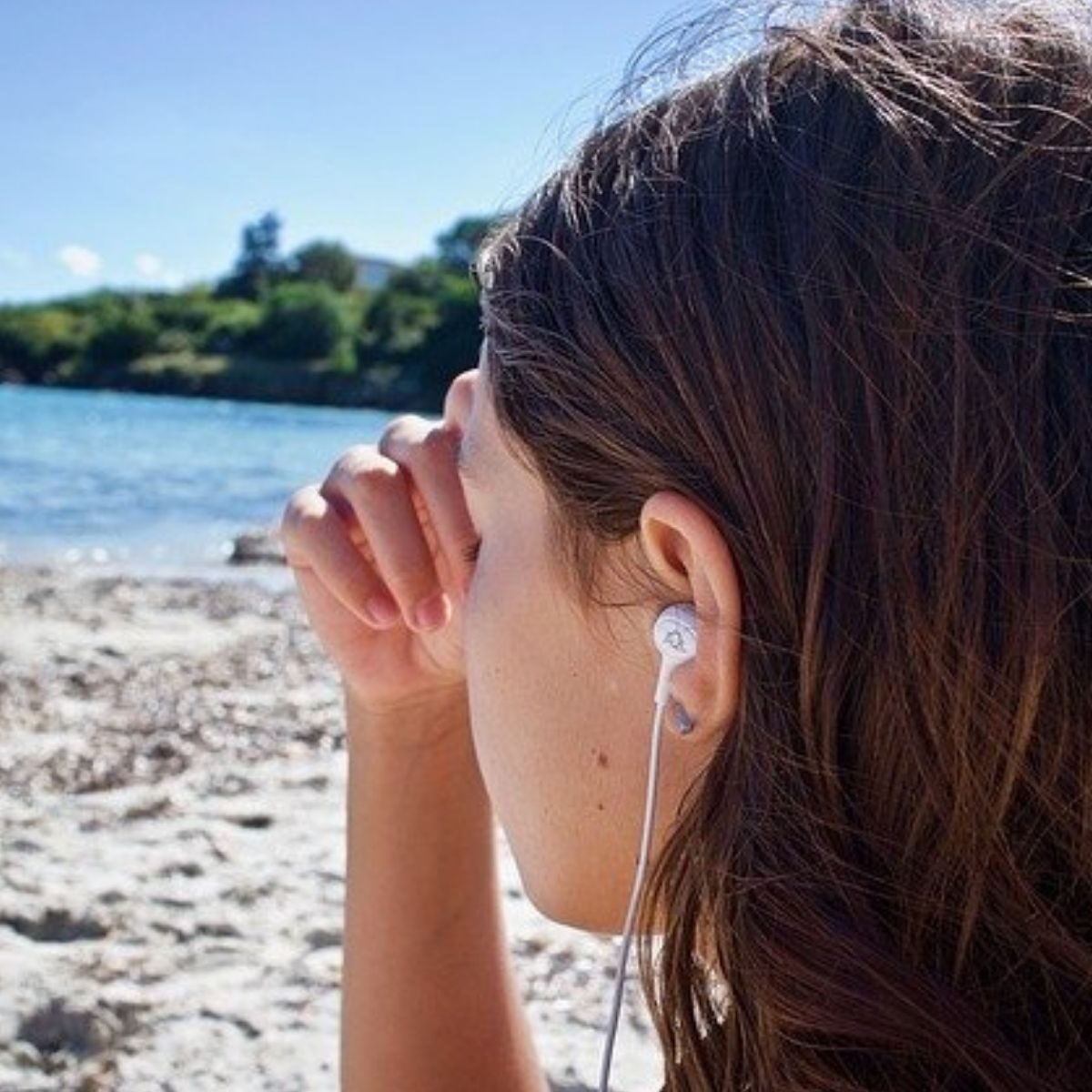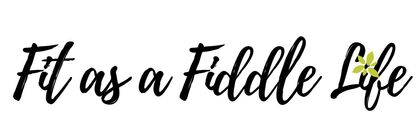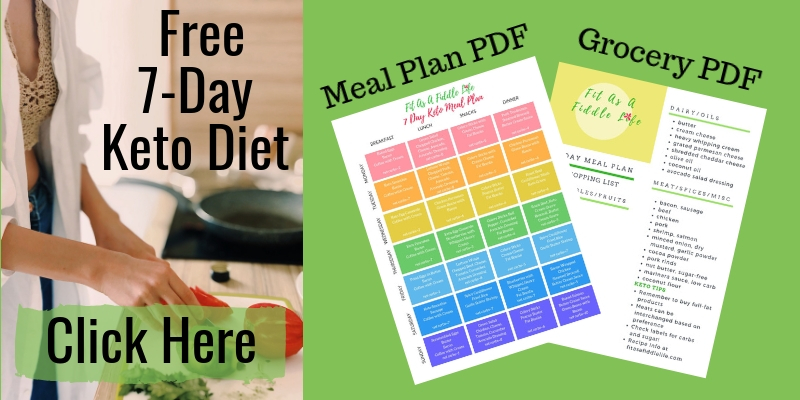This post may contain affiliate links. This means I may make a small commission at no additional cost to you when you make a purchase. Find out more in the Disclosure Policy
You've probably heard people on the Keto Diet talking about being in ketosis. Ketosis or nutritional ketosis is vital on the keto diet because that is when your body has converted to using fat for fuel. This is a good thing. Read on to learn about ketosis symptoms to watch for, and learn how to achieve ketosis.

New Customers: Save 25% Off Sitewide + Free Shipping $40+ at Swanson Health.
This is the perfect time to stock up on:
Cold Pressed Coconut Oil for Cooking and Fat Bombs
Great Lakes Hydrolyzed Collagen to Support Your Joints
NUUN Electrolyte Tablets to Help Manage Symptoms of the Keto Flu
One of the most popular weight-loss diets around, the keto diet, uses ketosis as its foundation and is proving to be a diet that allows you to lose weight fast.
But:
If you are thinking about starting the Ketogenic Diet or Keto Diet you have probably heard the term “Ketosis” and wondered what the heck is that? It sounds ominous and scientific.
Frequently Asked Questions
Ketosis or nutritional ketosis is the production and build-up of ketones. Ketones are produced as a byproduct of your body burning its fat stores. It is merely the metabolic state of elevated levels of ketones in the body.
When you are in ketosis, your body has adapted from burning glucose for energy to burning your body's fat stores.
In the context of the Keto Diet, this is primarily caused by the restriction of the body’s primary energy source, carbohydrates. Carbohydrates are readily broken down into glucose and are used immediately as fuel. When carbohydrates are limited, your body resorts to another source of energy, fat.
The breakdown of fat produces ketones that the body uses for energy. This is ketosis.
Limiting Carbohydrates
You see when you go on the Keto Diet you strive to limit your daily intake of carbohydrates to 20-25 grams per day so that your body stays in ketosis and burns fat.
To put that number into perspective, one-half cup of non-sweetened applesauce has approximately 11 grams of carbohydrates. So eating less than 25 grams of carbs a day is NOT a lot. Especially compared to the composition of your diet up to now.
So,
it takes thought and some planning and tracking of the foods you eat during the day on the Keto Diet to make sure your intake of carbohydrates is less than 25 “net" carbs per day. This level of carb intake is necessary to keep your body in ketosis and burning fat.

How to Achieve Ketosis
There are several different ways to know you're in ketosis.
- Consistently limiting your carbohydrates to less than 25 net carbs per day is one way to ensure ketosis.
- Eat only moderate amounts of protein in the diet. Limiting protein to about 4 ounces of meat per meal should help. Breaking that down into grams of protein, you should strive to keep protein to less than 0.9 grams of protein per pound of body weight per day.
- Measuring ketone production. Increased ketones in the body can be measured by testing your blood, breath, or urine.
Testing for Ketones
Blood Testing
The most reliable and most accurate way to measure ketosis is with a specialized meter that measures ketones in the blood. It will measure blood ketone levels by calculating the amount of beta-hydroxybutyrate (BHB), a ketone, in your blood.
According to experts, measuring ketone blood levels is the most accurate way to test ketone levels and the method used by most research studies.
However, the main downside to blood testing is the small pinprick at the end of your finger. In addition, the test meter costs around $50 dollars plus the additional cost of the meter’s test strips. Many keto dieters feel this is a small price to pay for accurate results. But, the cost may limit frequent testing.
Breath Testing
Another way to measure ketone levels is with a breathalyzer meter. This meter measures acetone, one of the three main ketones that will be in your blood during ketosis. Breathalyzers are shown to be fairly accurate, though blood monitors tend to be more accurate.
Both the blood meter and breathalyzer are able to measure ketone levels throughout your ketone diet.
Urine Testing
A more common testing method than blood or breath monitoring is checking the ketone levels in your urine.
Urine testing is most effective during the first few weeks of the keto diet before your body becomes keto-adapted and starts using ketones for fuel.
Once you are keto-adapted, test strips will show fewer and fewer ketones in the urine, as your body becomes more efficient at using ketones. At this point, testing becomes more accurate than blood testing.
The advantages of urine testing are that there is no finger stick, and no meter with specialized meter test strips to purchase. Urine test strips #ad are more affordable. Due to cost, urine testing allows for more frequent testing than blood testing.
Remember, once your body is keto-adapted, ketones will no longer be excreted in the urine, and urine test strips are less useful.
If you want to test ketone levels at the beginning of your keto diet or if you fall off track and restart the keto diet, urine test strips are the way to go. You can easily test by dipping the test strip in your urine stream, there's no finger prick, and the cost is reasonable so you can test daily or more often if you desire.
Once you are keto-adapted, testing becomes less of a concern as you see continuing weight loss and other symptoms of ketosis such as loss of appetite, increased energy, and mental focus.
Ketosis Symptoms
Dry Mouth and Bad Breath

You will have dry mouth and bad breath when you're in full ketosis The specific culprit is acetone, a ketone that exits your body through the urine and or by your breath. To combat this keto breath, you will want to brush your teeth several times a day and chew gum, sugar-free of course.
To combat dry mouth you need to make sure you are drinking enough water. You often hear you should drink eight 8-ounce glasses of water daily.
I recommend an easy way to do this is to drink a glass of water with lemon when you first get up, one glass of water before each meal, and one in the early evening. Also, keep a water bottle full of water to sip on during the day.
But:
you may want to slow down on the water in the evening because it can lead to nighttime trips to the loo.
Don't like drinking water you say? Add lemon, lime, or sliced cucumbers and add to your water bottle to add flavor. There is always a way.
Check out Gaiam Water Bottles. Wide mouth stainless steel lid, glass bottle, silicone sleeve for a better grip, and a carrying strap. I like this one.

Decreased Appetite

Decreased appetite and limited cravings for high carbohydrate foods. When in ketosis people report losing the urge to eat and are not hungry. Ketones affect your brain to reduce appetite.
Increased Focus and Energy

Increased focus and energy. Although you will experience better focus and energy once your body becomes fat adapted and starts burning fat for fuel, the early weeks of the keto diet can lead to the keto flu. This time period may produce symptoms of the flu as your body adjusts to decreased carbs
Flu-Like Symptoms
Energy levels may decrease and you may experience headaches, dizziness, brain fog, and other flu-like symptoms until your body adjusts to using ketones as fuel. Once you are fat-adapted, energy levels rebound.

After the first week or two, these symptoms resolve and your energy and clarity will return. Unfortunately, these symptoms often cause people to quit early in the diet before they make it to full ketosis, missing out on long-term weight loss benefits.
Increased Urination
You will also notice increased urination, especially during the first couple of weeks on the diet. This is related to the body's use of glycogen stores and decreased insulin. Staying hydrated will manage this symptom over time. With the increased water excretion, you will also lose electrolytes.
Muscle Cramping
Loss of electrolytes can lead to muscle cramping. Staying hydrated and drinking bone broth helps replace fluids. Electrolyte replacement, such as sodium, potassium, and magnesium will help ease the flu-like symptoms and muscle cramps. There are electrolyte supplements, such as NUUN Hydration tablets that you add one tablet to your water bottle and sip throughout the day.
Rapid Weight Loss

Lastly, you will experience rapid weight loss. Fast weight loss occurs within your first week or two of starting the diet due to the body using up glucose and stored carbs (glycogen). Water that is stored with glycogen will be released as the body uses glycogen for energy. Longer-term weight loss continues as your body targets fat stores for fuel.
How to Stay in Ketosis?
The best way to ensure ketosis is by having your meals planned out and prepared. KNOW what you will eat for the day and have it purchased and ready.
Planning meals allow you to calculate your macronutrients. Then you know the number of carbohydrate grams you plan to eat daily. You can also make sure you are keeping proteins at 20% of daily calories and fats the remainder at 75% of daily calories.
Meal plans are the best way to stay in ketosis. When you know what you will eat and have the food available to eat it makes it a lot easier to stay keto.
Fit As A Fiddle Life's Keto Diet Tips and Strategy Newsletter
I created 7-Day Keto Diet Meal Plan and Grocery List Guides to make your first week on the Keto Diet a breeze. The meal plan includes breakfast, lunch, dinner, and snacks. I even estimated "net" carbs to help you with your macronutrient tracking. The Grocery List will help you have groceries on hand that you need for the first week on the keto diet.
Get PDF Links to 7-Day Keto Diet Meal Plan and Grocery List Guides when you sign up for:
Click Below
To keep you going after the first week, you might check out the Free Trial of Tasteaholics Meal Plans that will be delivered to your inbox weekly when you enroll.
Exercise and Ketosis
Another way to help achieve ketosis is through exercise.
Many people on the keto diet say that after the first few weeks they return to their normal performance level. In many cases, the keto diet is beneficial in certain types of ultra-endurance sports.
What’s more, the primary reason is they burn more fat during exercise. One famous study looked at athletes who had switched to the keto diet and burned 230% more fat when they exercised compared to athletes who were not following the keto diet.1
Once you become fat-adapted you will see a sufficient performance improvement with just general exercises, such as high-intensity interval training (HIIT) exercises. Get ideas for adding HIIT to your workout in my post, 5 Simple HIIT Workouts to Burn Fat in 15 Minutes.
It's a good idea to set up small rewards for staying motivated on your keto diet and workout plan. Reward yourself with new workout gear by Gaiam, a new pair of kicks, or a set of earbuds to listen to your favorite tunes.
Benefits of Ketosis
I will tell you from experience when you consistently eat on your keto meal plan, the cravings for other foods will dissipate. You will continue to lose body fat consistently as you remain in a calorie deficit.
In addition, effectively eliminating carbohydrates on the keto diet can help stabilize blood sugar levels and help manage mood swings triggered by blood sugar spikes and subsequent lows. These blood sugar highs and lows can impact some people's moods and focus as the body fights to manage blood sugar levels.
Looking for that perfect gift for a fitness lover. Check out gifts starting at $20 and up that they will love and use. Click here to see them all.

Follow Me on Facebook and Pinterest.
Medical Disclaimer
This site contains general information about diet, health, fitness, and nutrition. This information should not be used to diagnose, treat, prevent, or cure any disease or condition. Please consult with your physician before using any dietary supplement or before beginning a diet or exercise program.




Leave a Reply